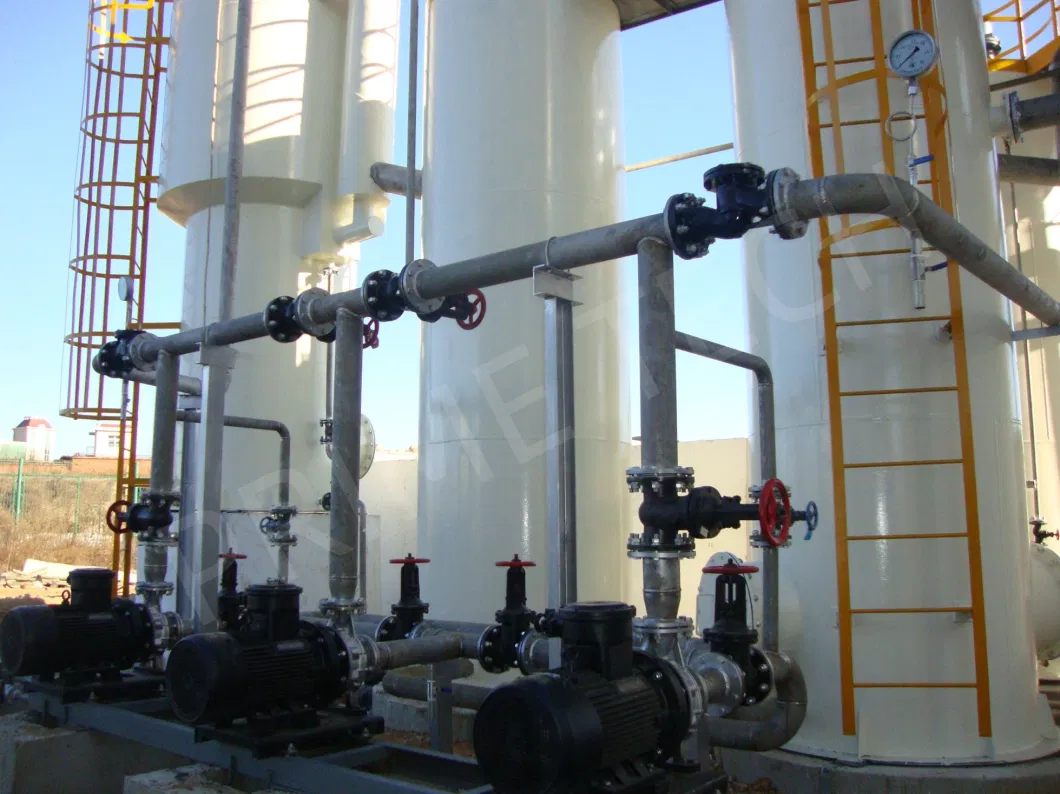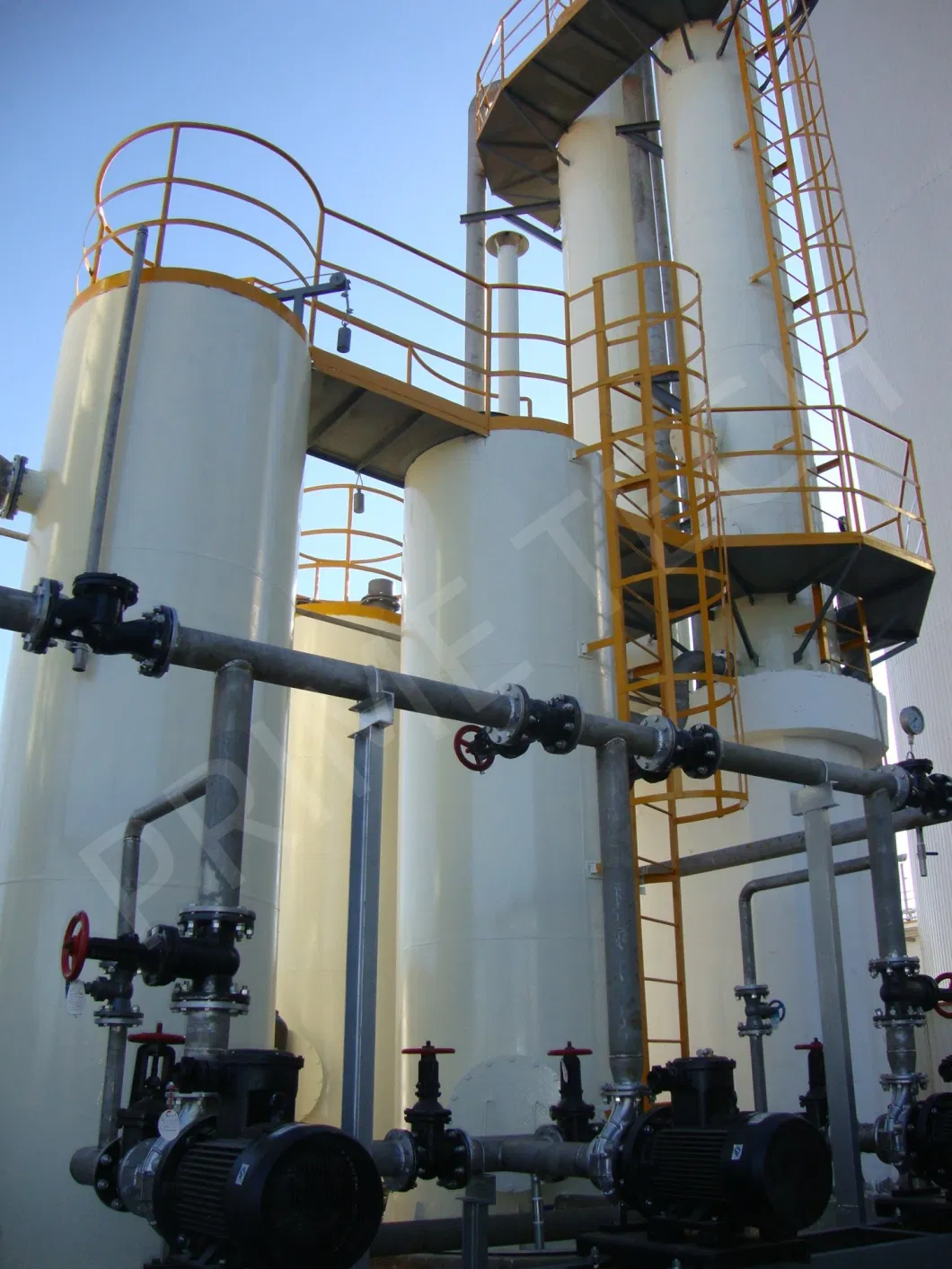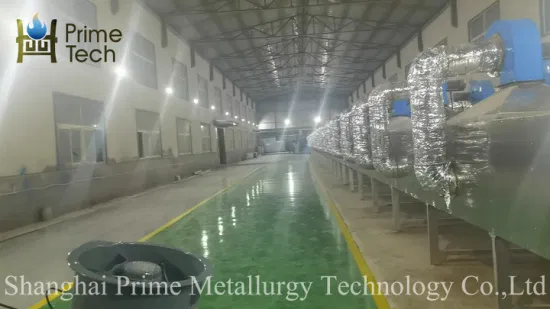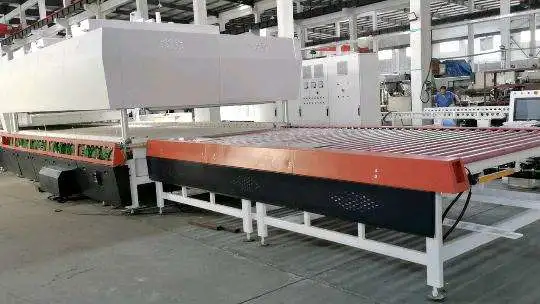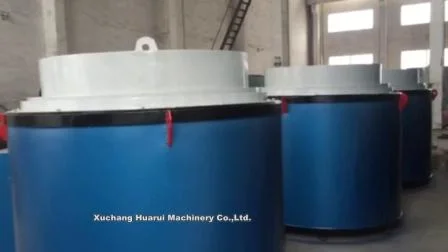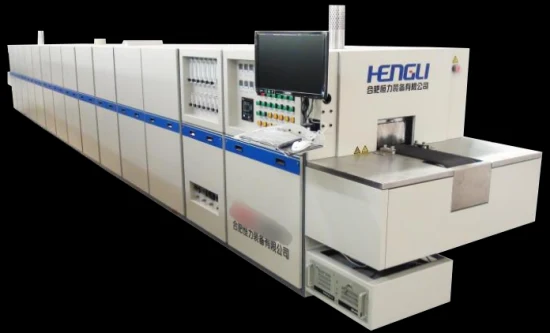Overview
Informação básica.
| Modelo NÃO. | Dessulfurização úmida (sulfeto de hidrogênio) |
| Doença | Novo |
| Fonte de energia | Hidráulica/Elétrica/Gás |
| Nota Automática | Totalmente Automático/Semiautomático |
| Tipo | Dessulfurização úmida |
| Certificação | ISO, CE |
| Capacidade de Produção 5 | Adicionando medicamentos de acordo com o teor de enxofre |
| Capacidade de Produção 4 | Detecção Automática de Dióxido de Enxofre |
| Capacidade de Produção 7 | Operação e inspeção são necessárias |
| Capacidade de Produção 6 | Ajuste Automático da Dosagem |
| Capacidade de Produção 2 | Ventilador de tiragem induzida automática |
| Capacidade de Produção 3 | Bomba de Circulação Automática |
| Capacidade de Produção 1 | 1000m³/H; Dessulfurização úmida |
| Pacote de Transporte | Embalagem com moldura, embalagem com caixa de madeira, etc. |
| Especificação | Personalizado |
| Marca comercial | MELHOR |
| Origem | China |
| Código HS | 8417100000 |
| Capacidade de produção | 20 conjuntos/ano |
embalagem e entrega
Tamanho do pacote 3000,00cm * 4000,00cm * 6000,00cm Peso bruto do pacote 60000000,000kg
92%Insoluble in water: ≤3.0%. It has good solubility in water or alkaline solutions. In pure alkaline solutions, it appears sky blue, and in ammonia solutions, it appears light green.It does not decompose in acidic or alkaline media and exhibits good chemical stability.The catalyst itself is non-corrosive and non-toxic.br2. Applications and Features:CoS desulfurization catalyst can be widely used in the gas-phase wet oxidation desulfurization process of various types of biogas, generator gas, and city gas. The product is non-toxic, non-corrosive, and non-polluting. Under normal or pressurized conditions, whether using ammonia water or caustic soda as the absorbent, it can maintain a stable desulfurization efficiency. The product does not require the addition of auxiliary catalysts during use. The pre-activation process is simple and short, and the hydrogen sulfide removal rate can reach over 99%, the organic sulfur removal rate can reach over 60%, and the hydrogen cyanide removal rate can reach over 98%.The product has high activity, long lifespan, and strong resistance to hydrogen cyanide poisoning. It can dissolve and remove deposited and adhered sulfur in the desulfurization system, thereby cleaning the system equipment. The product has a high sulfur capacity, good regeneration, large suspended sulfur particles, which are conducive to separation, does not block the tower, and achieves high purity of removed sulfur, without corroding the equipment. It does not accumulate in the desulfurization device, has no liquid waste disposal issues, does not cause environmental pollution, reduces system resistance during use, reduces energy consumption, extends equipment maintenance periods, and significantly reduces desulfurization costs. The process of using this product is simple, does not change the original process flow, does not require additional equipment, and is convenient to replace traditional desulfurizing agents.3. Chemical Reaction in the Desulfurization Process (Sodium-based example):The chemical absorption reaction when get rid of H2SH2S+Na2CO3=NaHS+NaHCO3NaHS+(x-1)S+NaHCO3=Na2Sx+CO2+H2ObrThe catalytic oxidation reaction of segregation sulphur2NaHS+O2CoS2NaOH+2S ↓brNa2Sx+H2O+1/2O2CoS2NaOH+Sx ↓brThe chemical absorption reaction when get rid of organic sulphurbrCoS+2Na2CO3+H2O=Na2CO3S+2NaHCO3brRSH+Na2CO3=RSNa+NaHCO3brThe catalytic oxidation reaction of organic sulfidebr2Na2CO2S+O2CoS2Na2CO3+2S ↓br4RSNa+O2+2H2OCoS2RSSR+4NaOHbr4. Instructions for Use:brIn the application of the liquid-phase catalytic method for desulfurization of sulfur-containing gases, the following instructions should be followed:(1) Preparation:Prepare a small solution bucket with a welded drain pipe and valves, with a capacity of 50-150 liters. Fill the bucket with water, ammonia water, alkaline solution, or desulfurization solution. Calculate the catalyst dosage based on the desulfurization quantity of the factory, with an initial dosage of around 20-30PPM. After adding the catalyst, use compressed air to agitate or stir several times with a wooden stick to dissolve the catalyst. Then activate it for 4 hours, stirring once every hour during this period to ensure full activation. It should be noted that if the activated liquid is white, it should not be used. If it is green or if the dissolved water is sky blue, it can be used.(2) Method of IntroductionSlowly and evenly add the activated catalyst solution into the lean liquid tank or liquid conditioner. Do not add it onto the sulfur foam layer to prevent loss of the effective components of the catalyst along with the foam. After the activated catalyst solution enters the system, a large amount of sulfur foam will appear after 3 hours. It is necessary to strengthen the removal of the sulfur foam, and the desulfurization will return to normal after 1-2 days. As the deposited sulfur and adhered sulfur are removed, there may be an increase in suspended sulfur in the solution. Sometimes, there may be slight fluctuations in H2S after desulfurization. In such cases, the air supply can be increased. As the operating time increases, the removal of system sulfur foam gradually returns to normal.(3) Method of ReplenishmentThe composition of the desulfurization solution and the required amount of catalyst replenishment should be determined based on the operating conditions of the system. To determine the optimal replenishment amount, it is generally estimated that around 1.5g of CoS is needed to remove 1kg of H2S.br>
